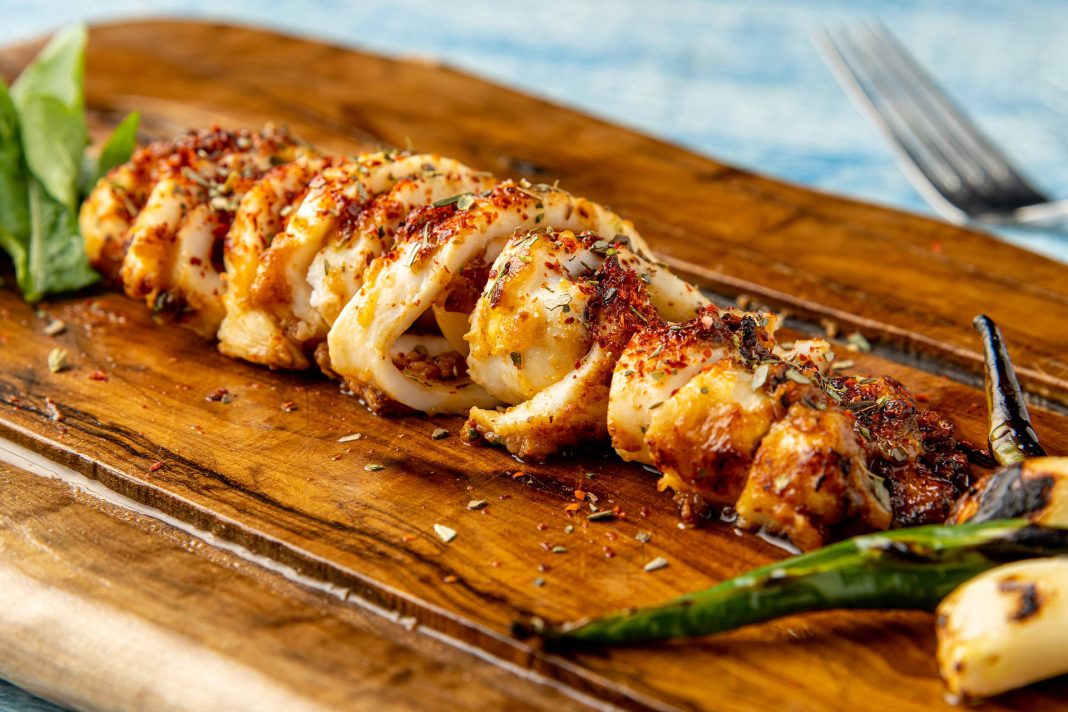This content is provided by the Pioneer Bird Blood Sugar Management Software! It helps you record blood sugar, blood pressure, and other health indicators, provides free tasting of sugar-free foods, as well as customized diet and exercise plans, accompanying you in sugar control.
In the fast-paced modern life, diabetes, this “sweet burden,” is quietly affecting more and more people’s health. As a doctor, I often encounter patients whose condition worsens due to improper diet, which makes me deeply worried. Today, let’s uncover the common food veil that may seem harmless but could be accomplices to diabetes, and explore how to effectively control blood sugar through scientific diet to safeguard our health.
1. Hidden “Sugar-Coated Bombs” – Processed Foods
First of all, processed foods must be mentioned, as they are often “high-risk areas” for high sugar, high salt, and high fat. For example, many breakfast cereals add a large amount of sugar to enhance taste, even some brands that claim to be “healthy” are no exception. For instance, fruit juices, although sounding natural and healthy, often remove dietary fiber during production and concentrate sugar content, causing a rapid spike in blood sugar when consumed. Therefore, choosing unprocessed or minimally processed foods, such as fresh fruits, whole grains, is a wiser choice.
2. White Rice and Noodles: Secrets of Quick Blood Sugar Rise
White rice and refined noodles, like white mantou, noodles, etc., due to their high starch content and easy digestibility, quickly convert to glucose entering the bloodstream, causing a sharp rise in blood sugar levels. This does not mean they should be completely avoided, but should be consumed in moderation and ideally paired with vegetables, legumes, and other fiber-rich foods to slow down the rise in blood sugar. Additionally, consider replacing some refined rice and noodles with whole grains like brown rice, oats, which are rich in dietary fiber to help stabilize blood sugar.
3. Temptation of Desserts and Snacks
Desserts and snacks, such as cakes, biscuits, ice cream, are undoubtedly the “sweet trap” that diabetes patients need to be particularly cautious about. These foods often contain a large amount of added sugar, not only directly raising blood sugar but also potentially leading to insulin resistance, which is extremely detrimental to blood sugar control in the long run. Of course, occasional “indulgence” is not forbidden, the key is to control the amount and frequency, and learn to read food labels to choose low-sugar or sugar-free products.
Facing so many dietary challenges, how can diabetes patients enjoy delicious food while effectively controlling blood sugar? In addition to the aforementioned dietary principles, leveraging the power of modern technology is also a good choice. For example, there are many “blood sugar management assistants” tools available that can provide personalized dietary advice based on individual conditions, track blood sugar changes, and even connect with smart blood glucose meters for real-time monitoring and analysis. These tools not only help patients better understand their body condition but also provide scientific guidance in food choices.
To encourage diabetes patients to actively manage their diet, some platforms regularly organize activities, offering free sugar-free or low-sugar foods, such as sugar-free biscuits, sugar substitute beverages, etc. These foods retain delicious flavors while significantly reducing their impact on blood sugar, providing patients with healthier options. Pay attention to these activities and make the sugar control journey less dull and monotonous.
In conclusion, managing diabetes through diet is not achieved overnight but requires long-term persistence and scientific guidance. By identifying and avoiding common foods that could be accomplices to diabetes and utilizing modern technological means for assistance, we are fully capable of keeping blood sugar within the ideal range, enjoying a healthier, higher-quality life. Remember, a healthy lifestyle begins with every meal.


